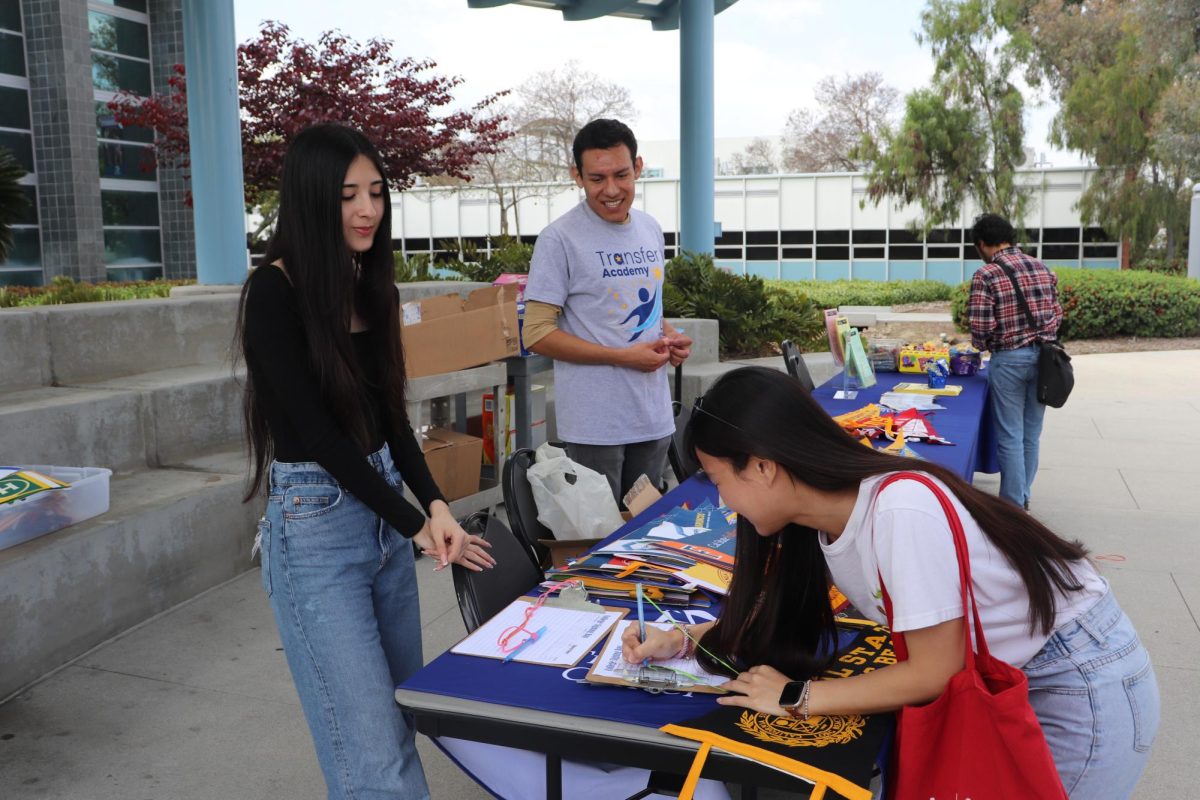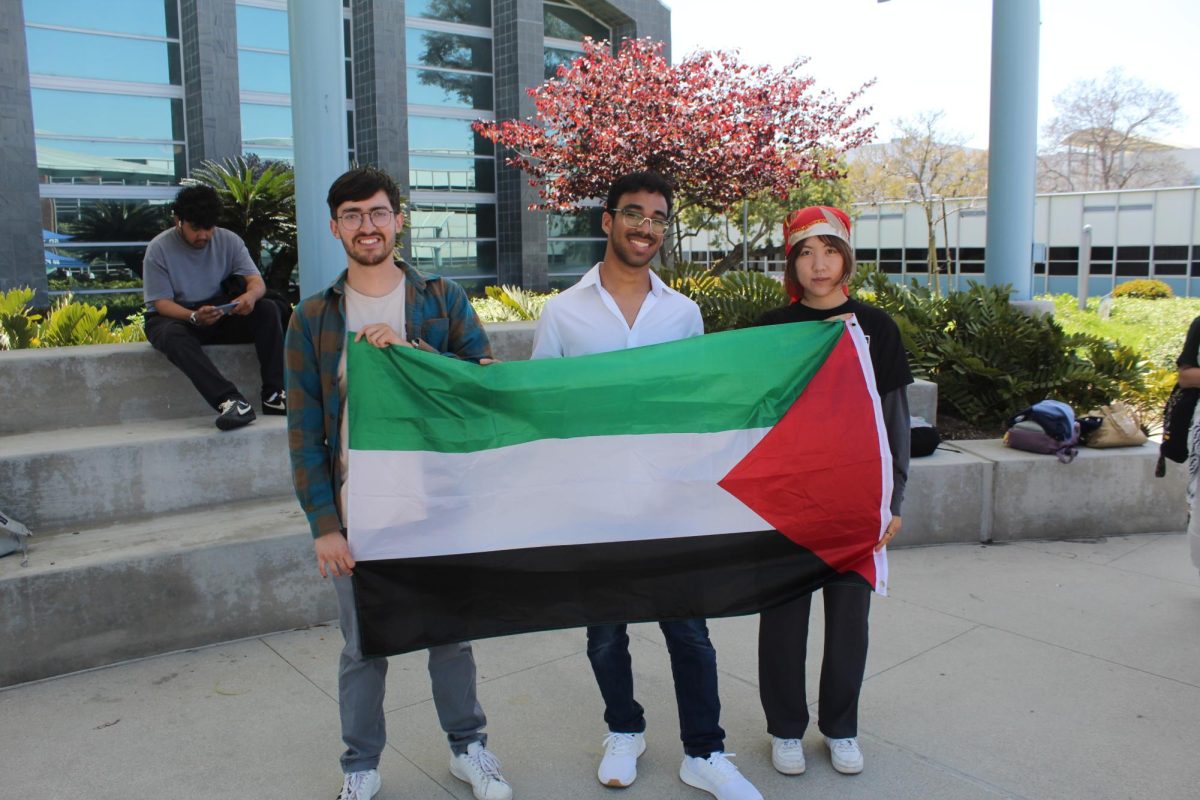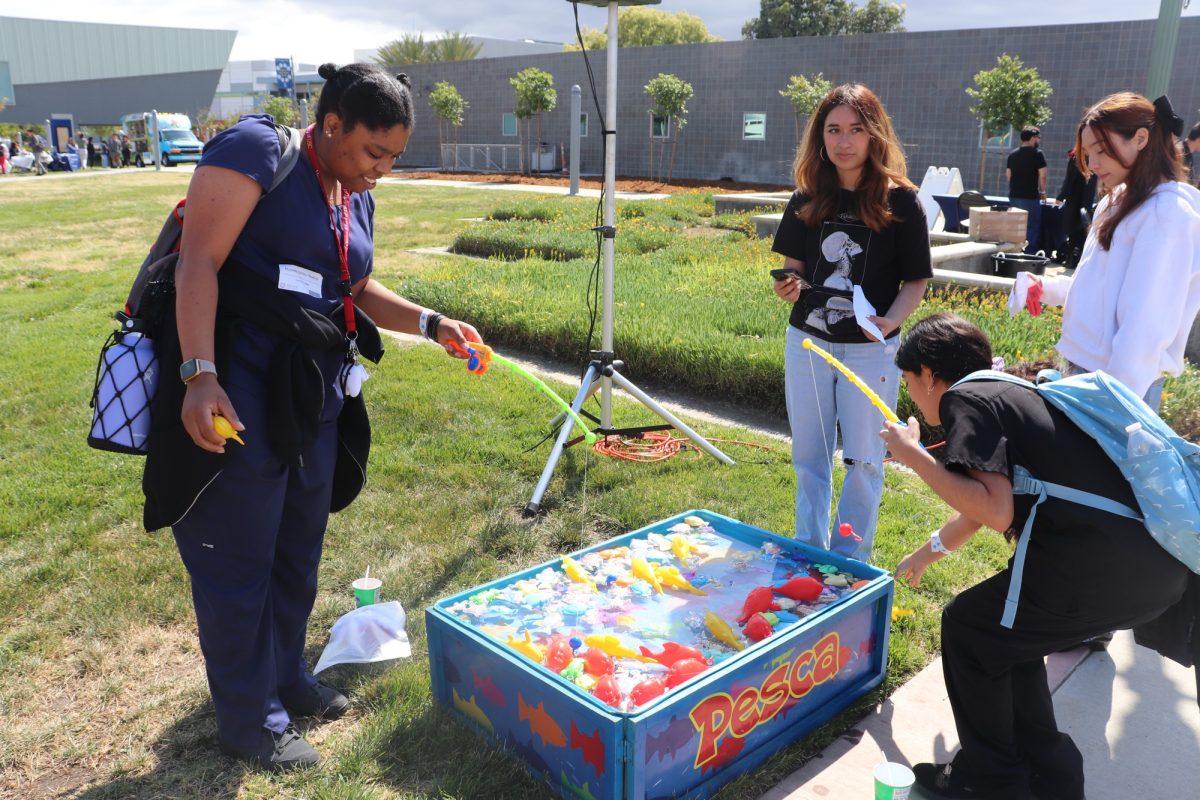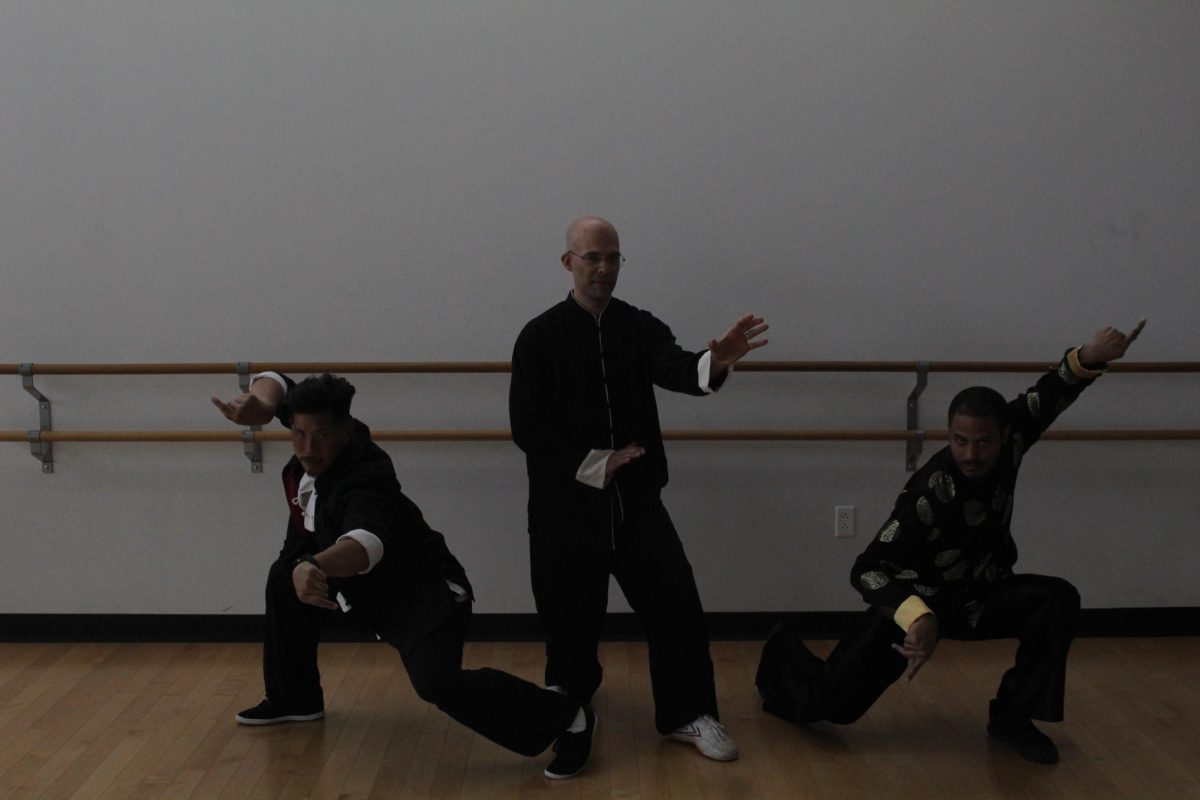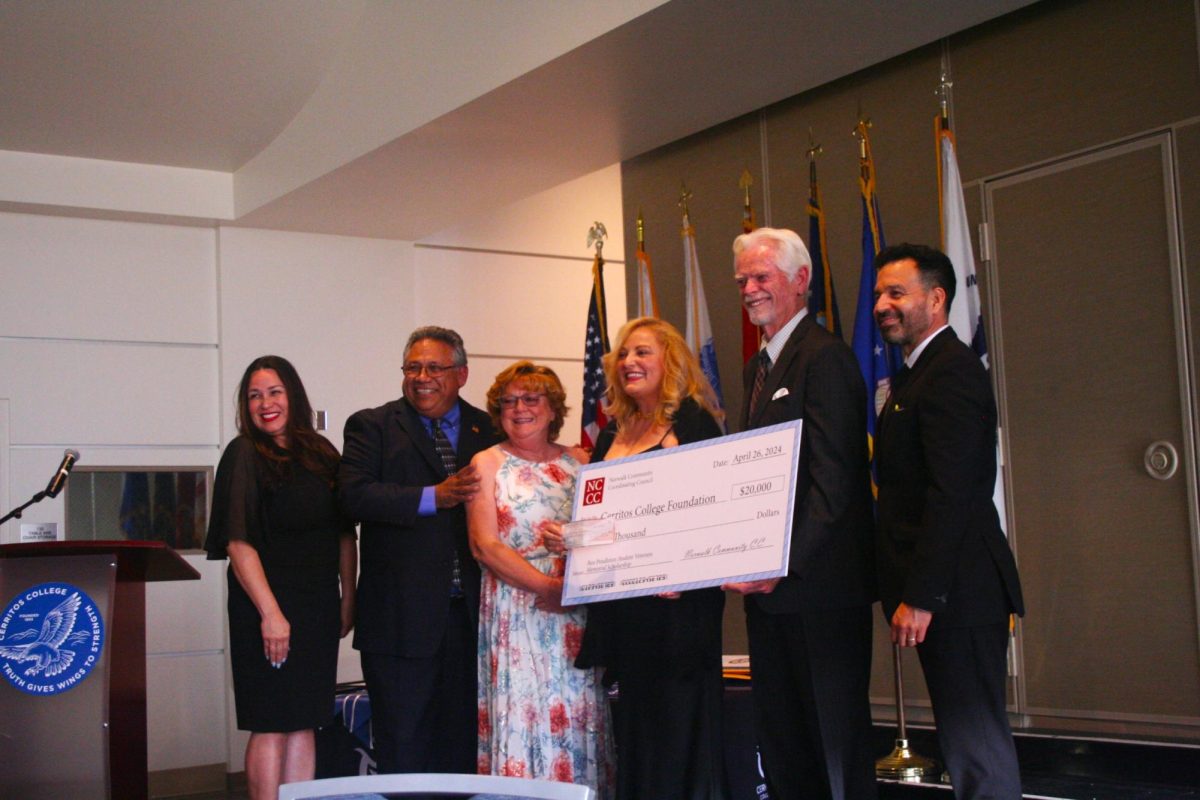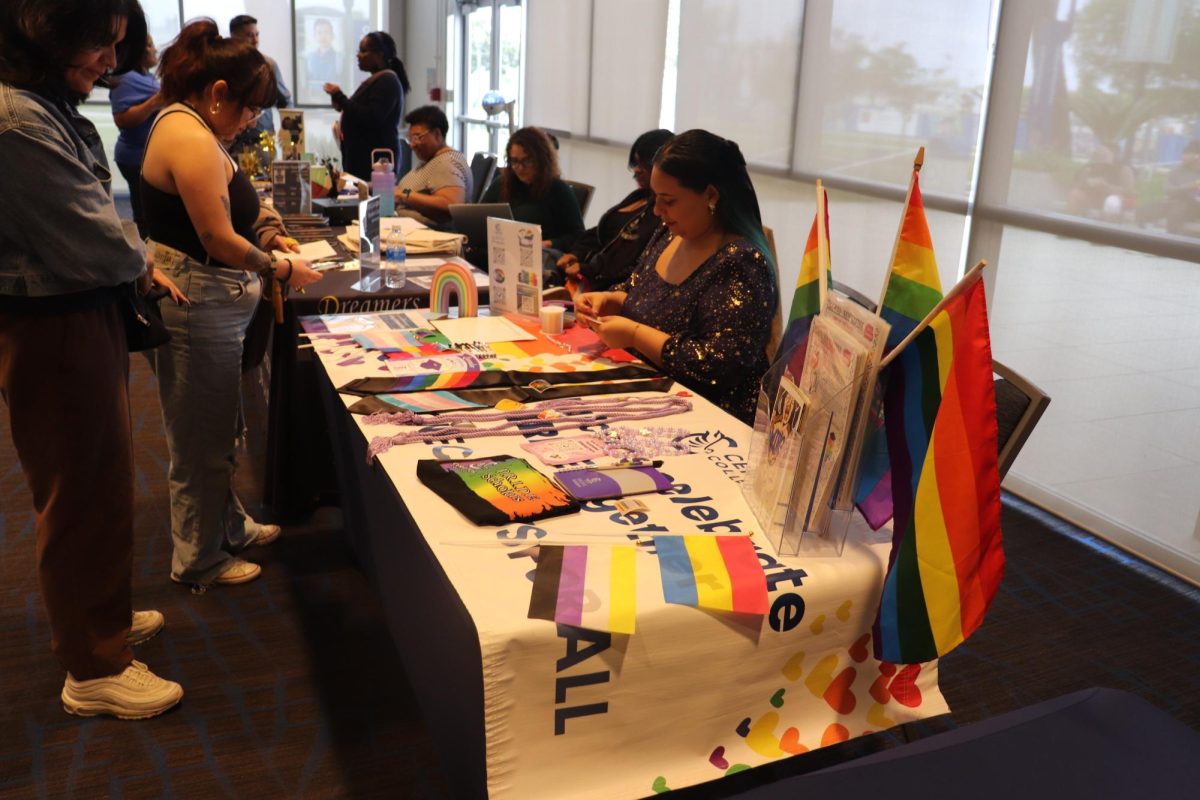When Brianna Sittrop first started dating her boyfriend at the time, she did not realize that his Japanese background would cause conflict between her and her family.
“Because of my history, my family members were persecuted by Japanese people. It was very difficult to get my parents to be okay with me being with someone who is Japanese,” Sittrop said.
Though Cerritos College is a diverse campus where students are open to mixed races, it was banned on college campuses until three decades ago according to the “Historical analysis of college campus interracial dating.”
Until 2000, Bob Jones University had a rule on its books stating that, “There is to be no interracial dating. Students who become partners in an interracial marriage will be expelled.”
This idea that races should intertwine often conflicts with older generations because they were around during a segregated era.
According to a study conducted by the Pew Research Center, “Just half of white respondents aged 50 to 64 said they would be fine with one of their relatives marrying someone of any other race or ethnicity.”
Students still find their families’ disapproval to be a problem because in order to date or marry their partner, they would like their parents’ approval.
Gary Frye, business management major, experienced a similar conflict with his girlfriend’s parents when he dated a half white, half Filipino girl.
“I wasn’t able to meet her dad because of the fact that I’m black,” Frye said. “My mom liked that girl, but she disagreed with the fact that I couldn’t meet her dad.”
While dating different races can have its difficulties, marriage can be an even bigger hurdle.
Marrying a person of a different race was illegal until 1967 when Mildred Loving, a black woman, and Richard Loving, a white man, brought their case to the Supreme Court.
The Loving’s were arrested for marrying each other in Virginia, and they were asked to leave the state for 25 years if they wanted to suspend their arrest.
Leon M. Bazilehe, the judge in the Loving v. Virginia, based his decision to arrest the couple on his interpretation of the Bible, at a time when its passages were used to condemn interracial marriage.
“Almighty God created the races white, black, yellow, malay and red, and he placed them on separate continents. The fact that he separated the races shows that he did not intend for the races to mix,” said Bazile in his ruling.
Inspired by the civil rights movement, the Loving’s went to the Supreme Court and won in the case of miscegenation.
Juan Reynoso, philosophy major, said interracial relationships are fine, but they shouldn’t be encouraged.
“I don’t think you should force people to try that,” Reynoso said. “I think people have a right to want their grandchildren to look like them.”
His friend, Martin Chavez, saw interracial relationships as fun and different and noted the positives of dating a Filipino-Korean girl.
“You’d have to make sure you have your shoes off before you went in the house,” he said. “The food would be prepared, and they’d always give the guests food first. They’d give us so much food!”
Chavez mentioned that different cultures could be difficult, but noted that there was a difference between dating out of one’s race.
Despite the opposition from their families, both Sittrop and Frye also saw interracial relationships as a positive experience and were glad that most people were accepting of their relationships.
Sittrop said, “It’s good that people could go (out) with other races and get to intermingle with them. You get to experience other kinds of beliefs and cultures.”
Frye said, “It was actually cool because we got to experience how both of our cultures were.
“She took me to places that I’ve never eaten (at) before, and I took her to places she’s never eaten (at) before.”
Interracial married couples are on the rise since 2000, doubling from 1,464,000 couples to 2,413,000 couples in 2010, according to the U.S Census.
In a study conducted by the University of Florida, if these interracial couples have common religious orientation, education level, and global perspectives, the racial bounds weaken and their differences and residential barriers diminish, making it more likely to have a successful marriage.



